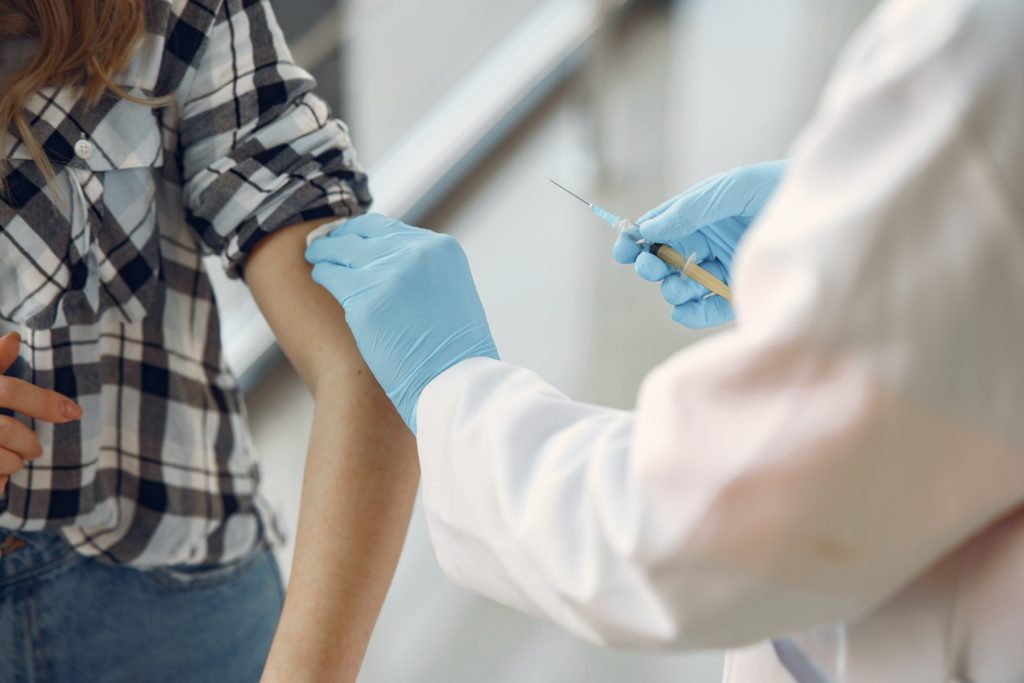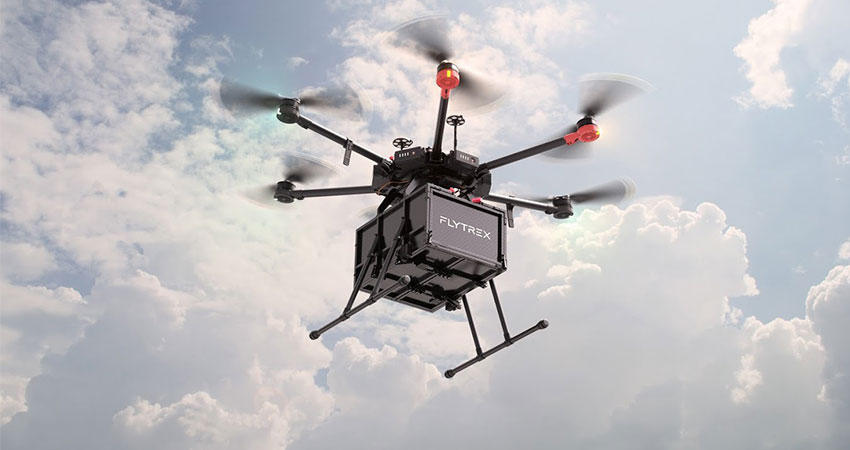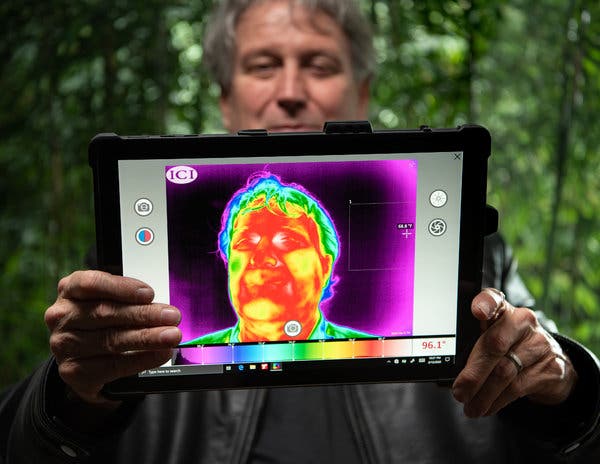Epidemics and pandemics have been threatening the human race from time to time. SARS, H1N1, Ebola, and more have shown their teeth in the past, but no one till now have faced such outbreak till now, we are learning new ways of fighting and managing such unexpected diseases that can potentially kill millions of people. Technology cannot prevent the onset of the pandemics; however, it can help prevent the spread, educate, warn, and empower those on the ground to be aware of the situation, and noticeably lessen the impact.
1. Finding Vaccine

Whenever a new pandemic strikes, the first question on everybody’s mind is if there’s a drug to cure it or a vaccine to prevent it. The world was desperate to find ways to slow the spread of the coronavirus and to find an effective treatment. Technology is becoming an enabler to make the process faster. AI is playing important role in suggesting components of a vaccine by understanding viral protein structures, and helping medical researchers scour tens of heaps of relevant research papers at an unprecedented pace. Researchers used supercomputers to simulate and find the accurate possibility of finding the right drug to fight COVID-19.
2. Increasing traceability and transparency by sharing data

Different countries used different software, mobile application, and hardware to trace COVID Positive patients and people in quarantined. When it comes to a pandemic situation it becomes very necessary to break the chain for spreading the COVID-19 virus. Technology has played a perfect role in controlling the spread of COVID in 2020.
3. Contact-less movement and deliveries through autonomous vehicles, drones, and robots

Self-driving cars, drones, robots can all help at a time when the need is to avoid human contact. Autonomous vehicles can be used to transport affected people to and from healthcare facilities with ease, without risking the lives of healthy people. Robots can be used for delivering grocery, cooking means, sterilizing hospitals and patrolling the streets. Drones can be used for food deliveries, tracking population, carrying test kits and medicines to quarantine locations, thermal imaging to identify infected people, spraying disinfectant, and more. Many new areas and use cases are coming up where drones, robots and autonomous vehicles are being used.
4. Technology supported temperature monitoring

The wireless thermometer guns and other similar infrared body temperature measuring devices have become the most important medical equipment that are being used at checkpoints of offices, airports, hotels, hospitals, train stations, shops, and other public places. These technologies assist in measuring the body temperature from a distance and turn out to be effective in pinpointing the individuals who might need further investigation. Automated thermal monitoring along with facial recognition is making the process faster and more effective.
5. Remote working technologies to support social distancing and maintain business continuity

s pandemics or other calamities keep threatening the business world, working from home ensures business continuity as well as facilitates social distancing. In such a scenario, technologies that enable secure access to data, enterprise applications, virtual meetings, cloud conferencing, and virtual/mixed/augmented reality are the forefront leaders to ensure deliverables are not impacted. Remote working is a blessing that comes due to technology and is of one the greatest solution that helps us in social distancing.





